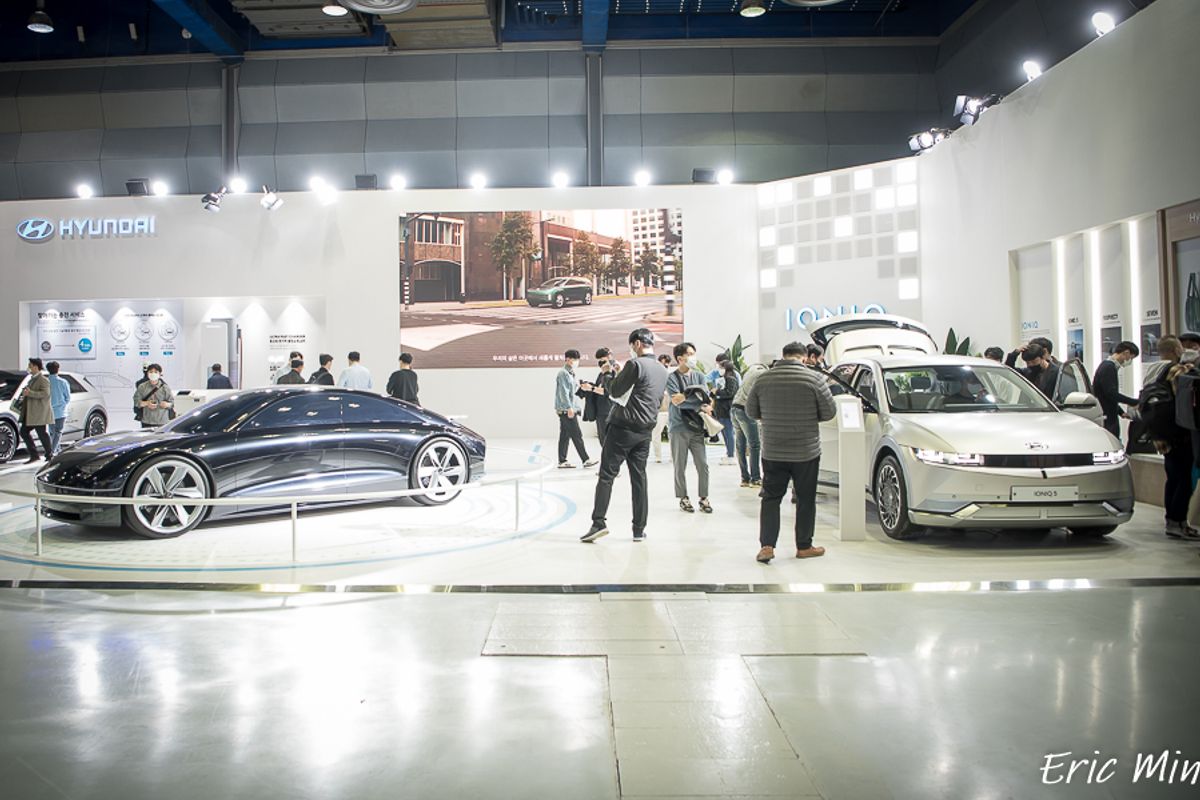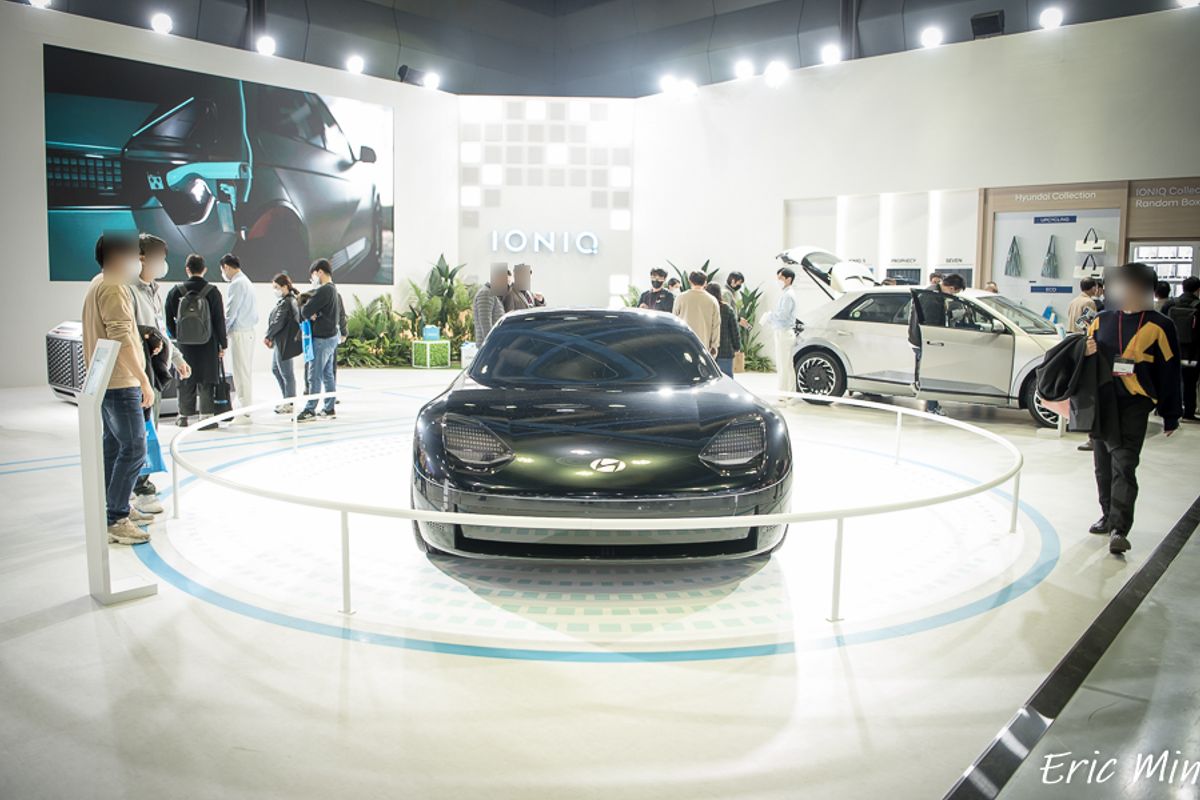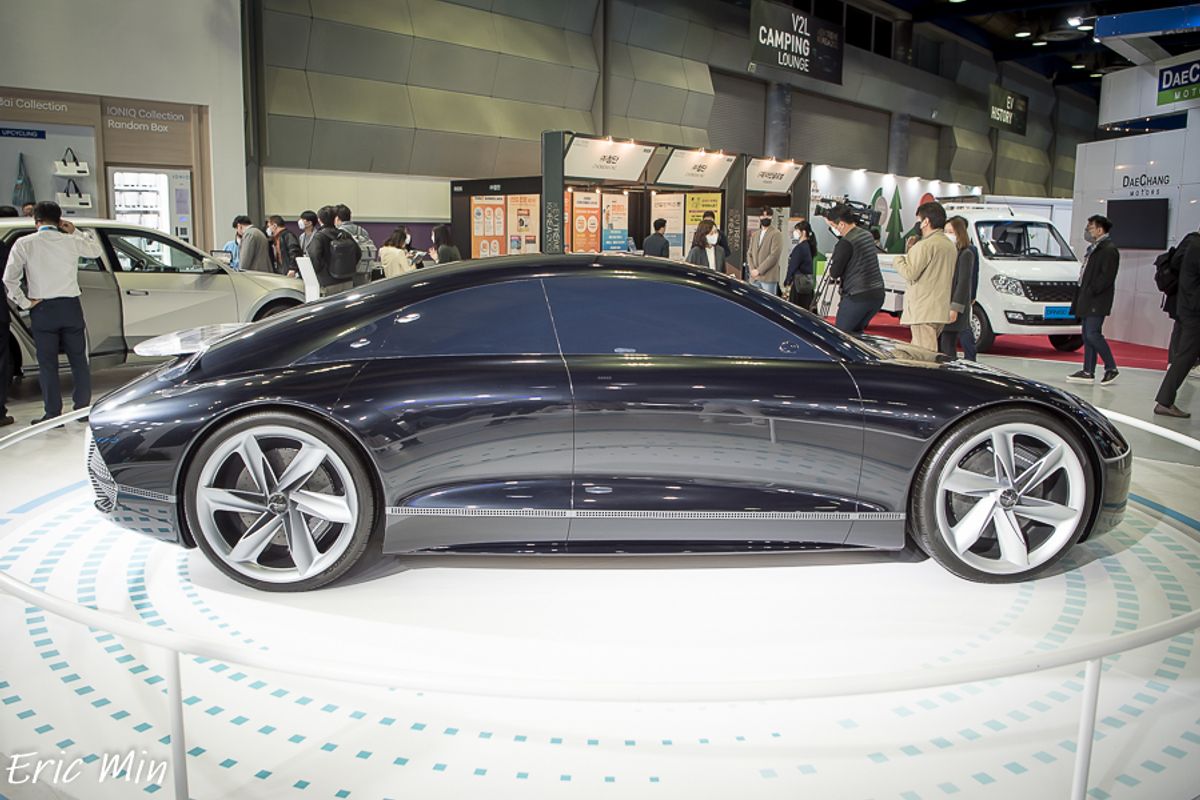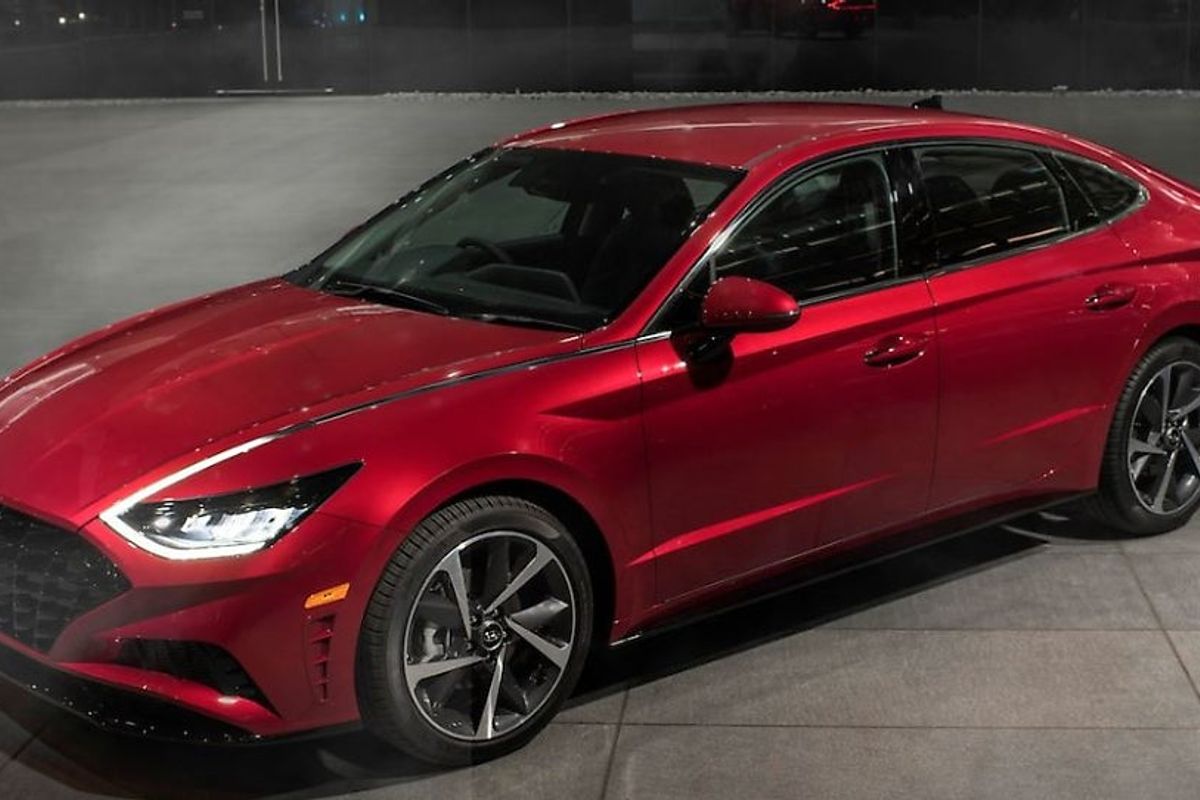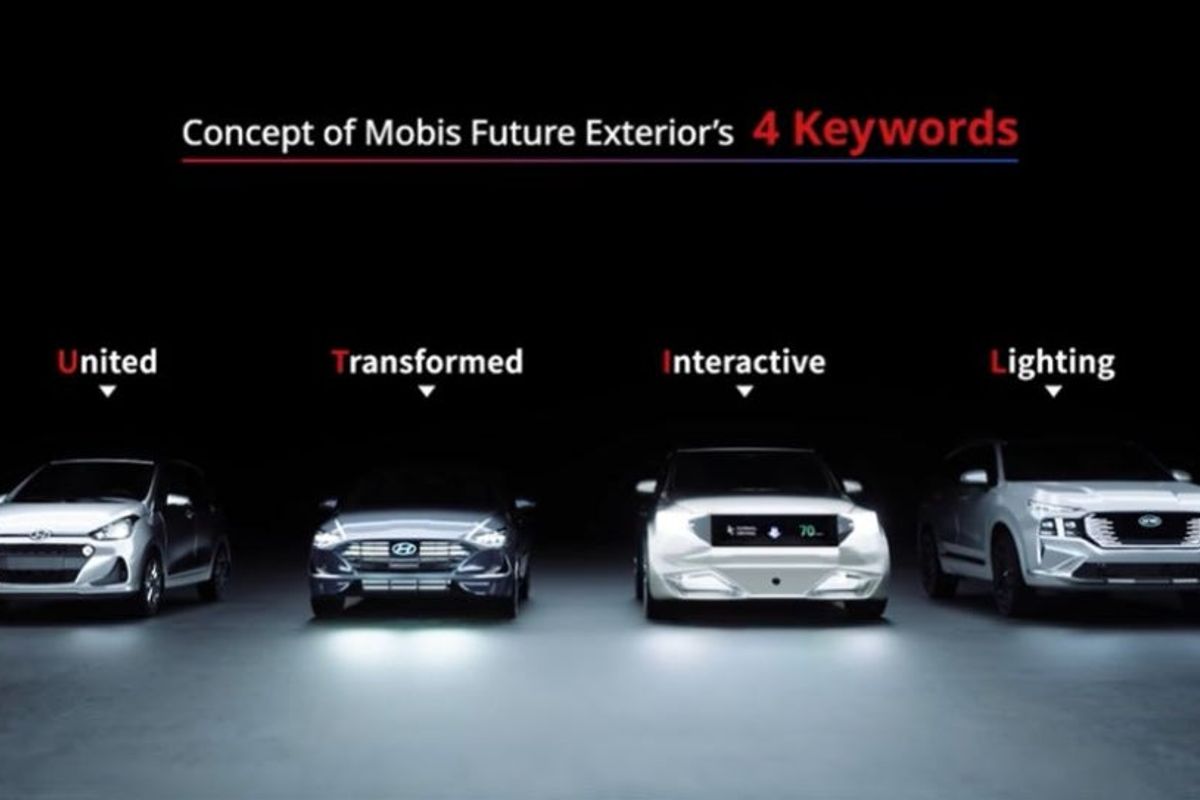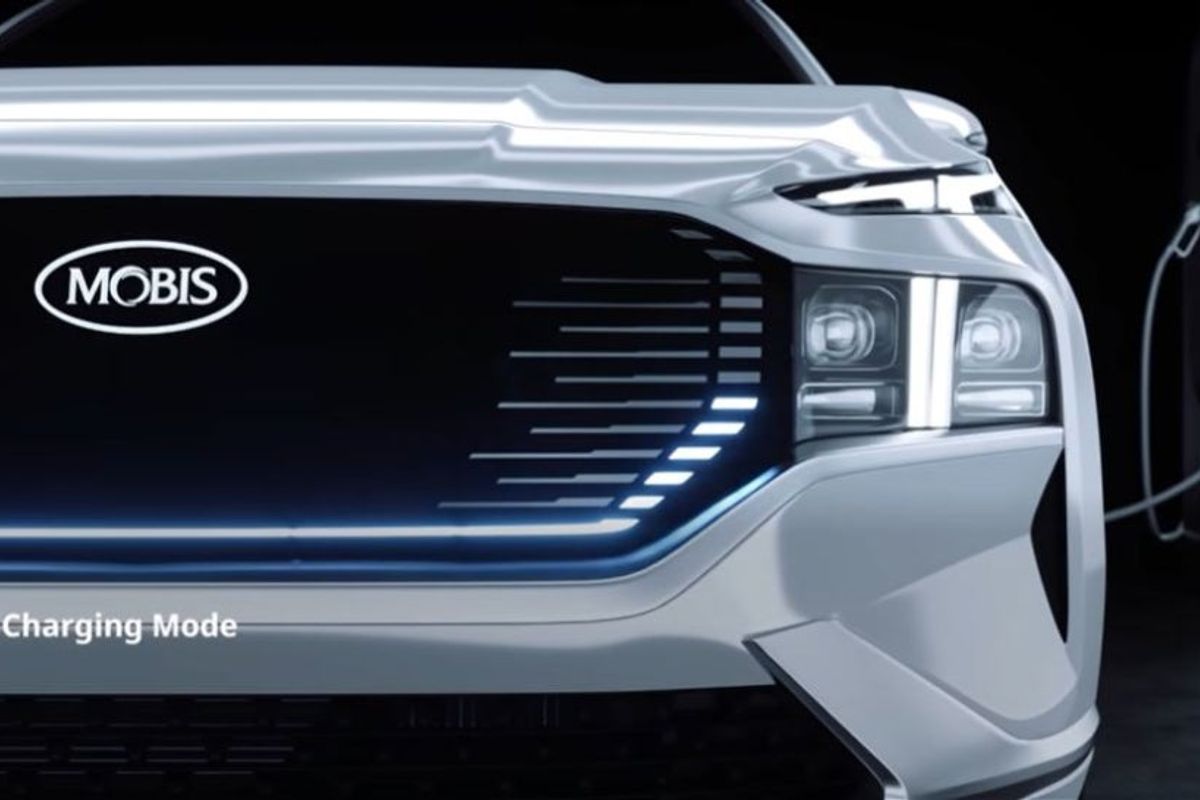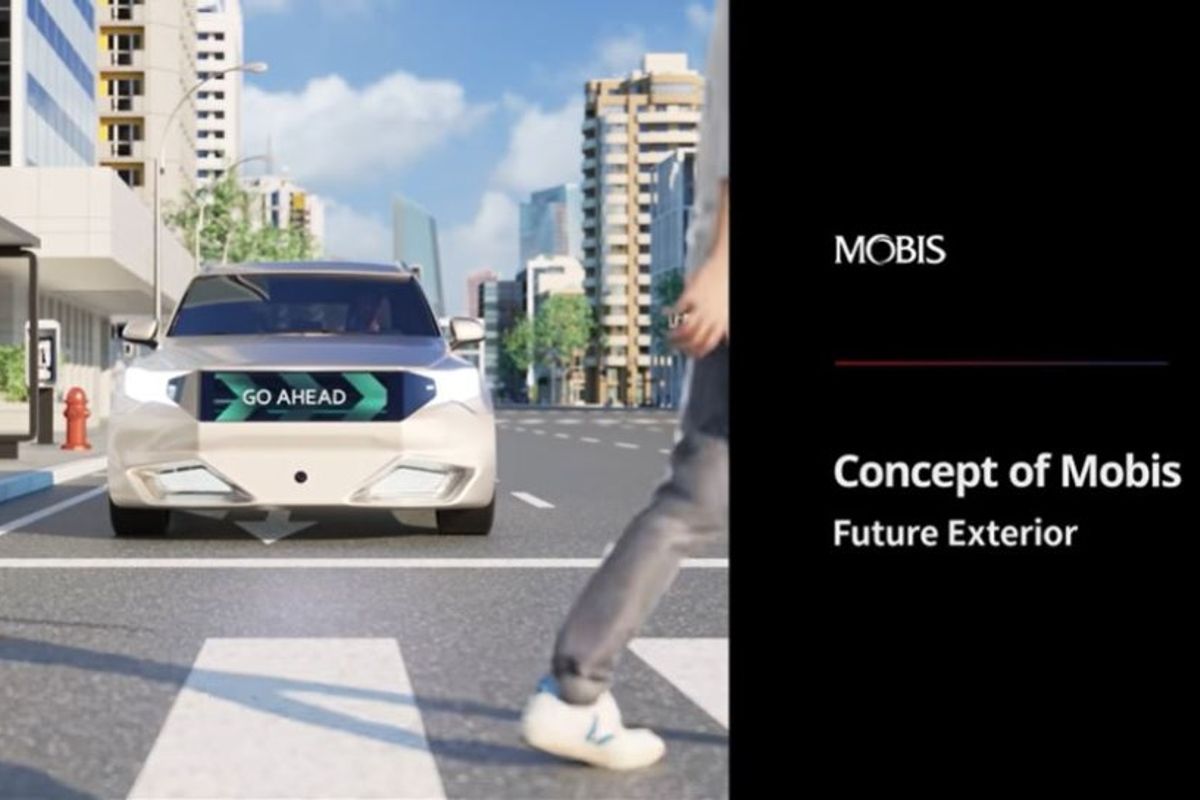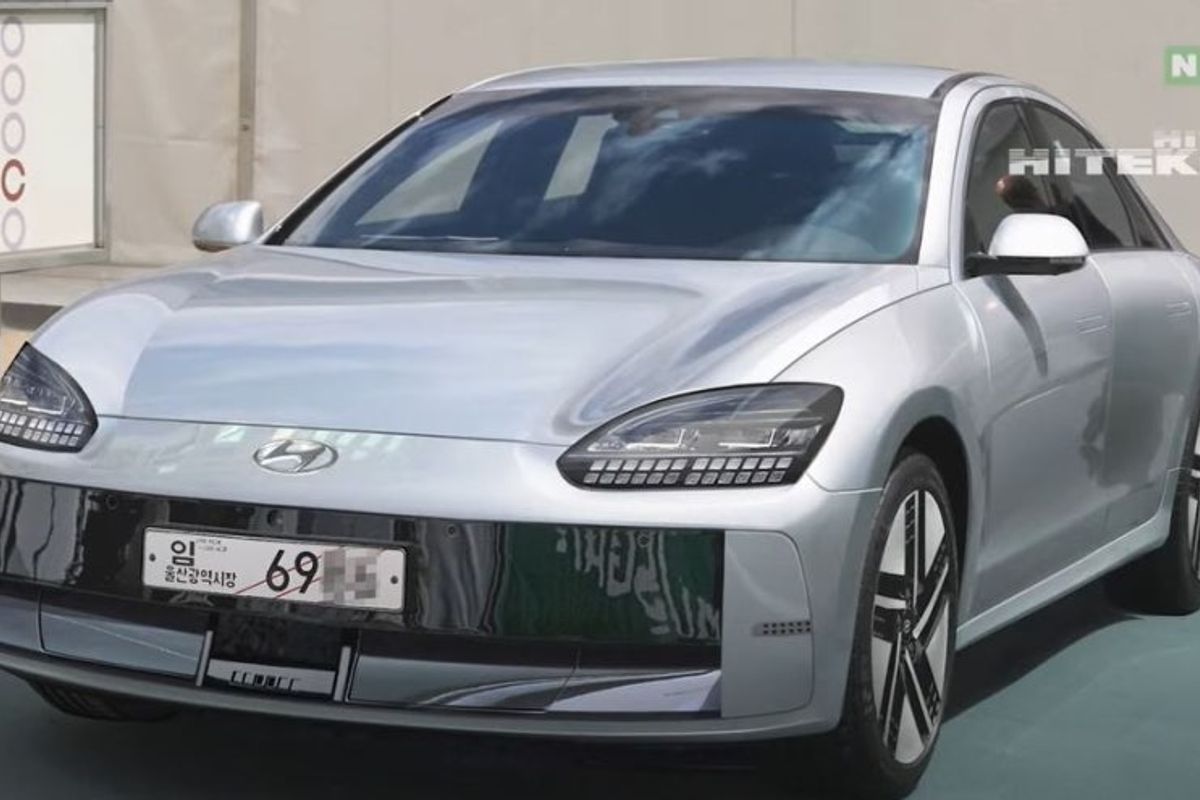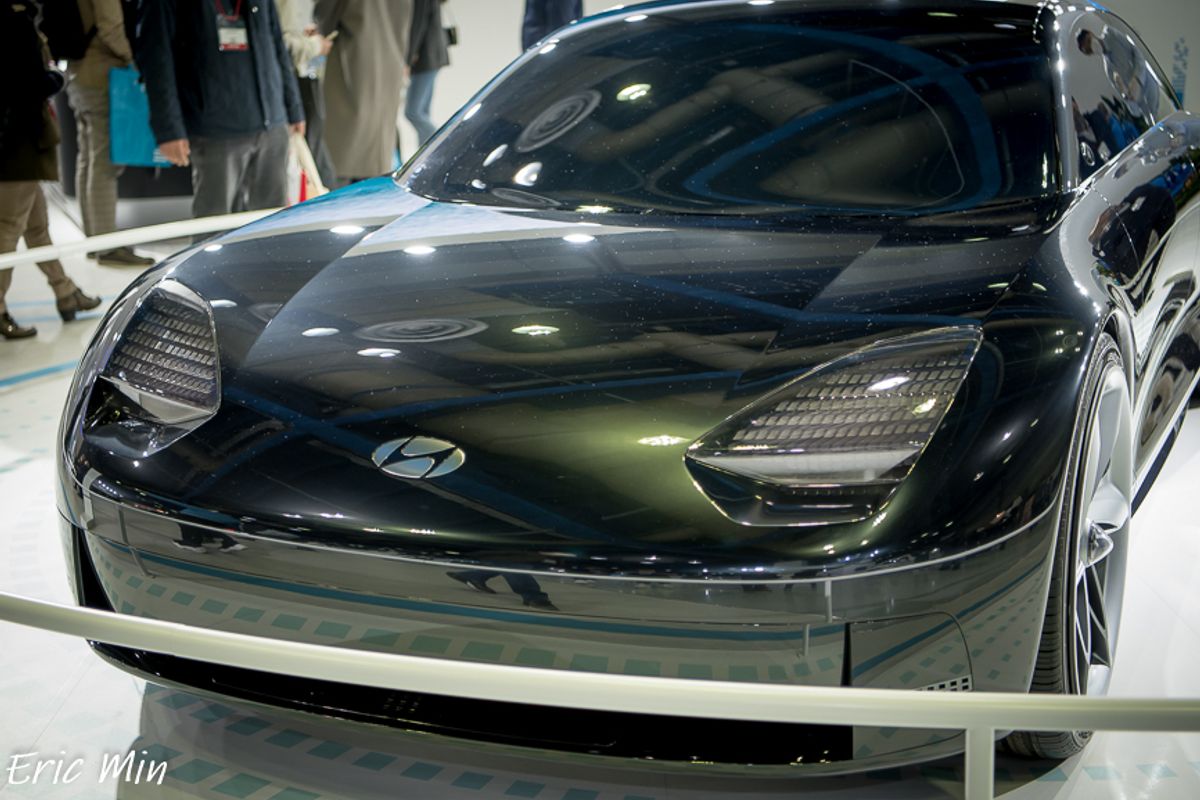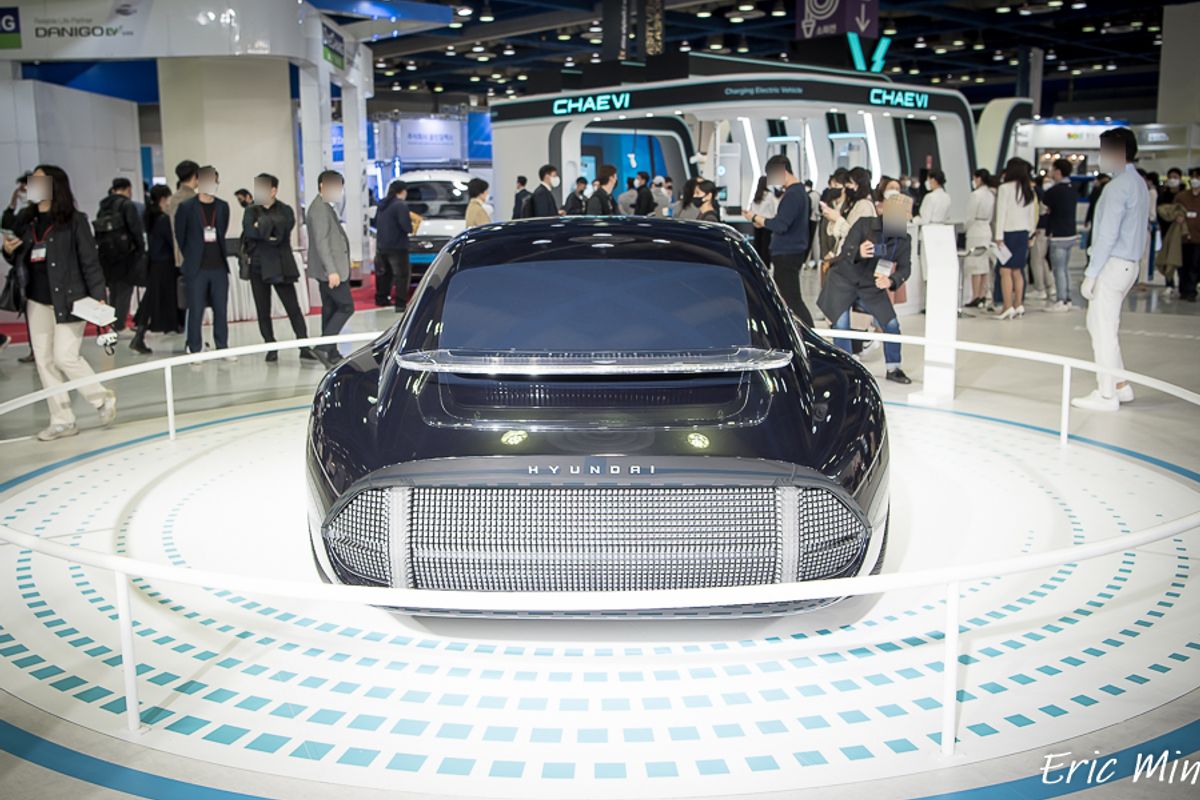The 2023 Hyundai Ioniq 6 was originally set to launch in June 2022, but recent reports suggest a possible delay to July or August. Therefore, it seems more accurate to expect production to commence around July or August. Hyundai claims that the Ioniq 6 can travel over 500 kilometers on a single charge. This vehicle marks the first electric sedan built on Hyundai's dedicated electric vehicle platform, e-GMP. Currently available electric sedans include the Tesla Model 3, BMW i4 Gran Coupe, and Polestar 2, while luxury sedans include the Mercedes EQS and Audi e-Tron, with Genesis offering the Genesis G80 electric model.
Hyundai plans to produce the Ioniq 6 at its Asan plant in South Chungcheong Province between June and July. Recent media reports indicate that production might start in August as well. In the first quarter, the Asan plant halted operations to conduct construction for trial production of the Ioniq 6. Although Hyundai initially aimed to begin mass production in early March, they postponed the schedule to allow for additional development work, including enhancements to product appeal. Reports suggest that the chairman of Hyundai issued a special directive to delay the launch if any quality issues arise.
First, they have reportedly increased the driving range on a single charge. Initially, the plan was to use a 72.6 kWh battery like the Ioniq 5, but they have now opted for a 77.4 kWh battery. Consequently, the driving range has reportedly increased to approximately 515 kilometers. Among electric vehicles sold domestically, only the long-range versions of the Tesla Model 3 and Model Y meet the environmental standard of exceeding 500 kilometers on a single charge. This is why the Ioniq 6 is considered a competitor to the Tesla Model 3. The recently released BMW i4 and Polestar 2 also fall short of the 500-kilometer range. The Ioniq 6's powertrain is expected to include an all-wheel-drive dual motor model with over 300 horsepower and a more affordable single motor model with over 200 horsepower.
| Battery | Driving Range | |
| Ioniq 6 | 77.4 kWh (estimated) | 515 km (estimated) |
| Tesla Model 3 Long Range | 84.96 kWh | 527.9 km (at room temperature) / 440.1 km (at low temperature)
|
BMW i4 eDrive40 Gran Coupe
| 83.9 kWh
| 444 km (at room temperature) / 327 km (at low temperature)
|
| 417 km (at room temperature) / 288 km (at low temperature) |
|
Hyundai's Ioniq 6 has emerged as a compact sedan in the C-segment. Its code name was CE. According to the latest information, its length measures 4,855 mm, making it 45 mm shorter than the Sonata, but its wheelbase of 2,950 mm is longer than the Grandeur's 2,885 mm. This indicates that the interior space is larger than that of the Grandeur, a mid-size sedan, and since it is based on a dedicated electric vehicle platform that does not require an engine compartment, the interior space is expected to be even more spacious. The width and height measure 1,880 mm and 1,495 mm respectively, which means it is 20 mm wider and 50 mm taller than the Sonata. This makes the Ioniq 6 wider and taller than the Grandeur as well. Consequently, the interior space of the Ioniq 6 is expected to compete favorably with that of large internal combustion engine sedans.
| | The 2023 Ioniq 6 | Sonata | Grandeur |
| Length | 4,855 mm | 4,900 mm | 4,990 mm |
| Width | 1,880 mm | 1,860 mm | 1,875 mm |
| Height | 1,495 mm | 1,445 mm | 1,470 mm |
| Wheelbase | 2,950 mm | 2,840 mm | 2,885 mm |
The design of the Ioniq 6 is based on the 2020 Prophecy Concept. The Prophecy emphasized aerodynamic design, featuring a seamless curve that flows from the front to the rear of the vehicle.
Subsequent modifications were made to apply the design to the Ioniq 6, resulting in some differences. They revised the designs of the front and rear bumpers and headlamps, and partial adjustments were made to the vehicle's dimensions.
The Ioniq 6 may feature an innovative lighting grille. Instead of a traditional radiator grille, a lighting grille could be installed, allowing for new interpretations and expressions in vehicle design. Hyundai Mobis has revealed a prototype of the lighting grille, which serves as a digital panel that can communicate with the outside world regarding traffic conditions or vehicle status, depending on the driver's preferences.
The entire front grille will utilize LED lighting devices, allowing for various expressions such as autonomous driving mode, EV charging mode, welcome light, sound bit display, and emergency warning signals. It appears that the lighting grille will enable communication with other vehicles and pedestrians on the road, potentially creating unique self-expressions based on the applied lighting patterns. Given the potential for increased repair costs in the event of an accident, it may not be an optional feature. Mobis has completed the development of the lighting grille technology and is currently undergoing reliability validation for commercialization.
Recent renderings of the Hyundai Ioniq 6 show that it retains the headlamp shape based on the Prophecy Concept's front design. The headlamps consist of three segments, with the running lights at the bottom featuring six pixels grouped into a total of 24. The bumper mirrors the configuration of the Prophecy Concept and houses a forward-looking radar in the center. The front grille is expected to incorporate the lighting grille from Hyundai Mobis.
If you ask which model will be most crucial for Hyundai in 2023, it is undoubtedly the Ioniq 6's success. Last year, Hyundai launched electric vehicles based on the e-GMP platform, such as the Ioniq 5 and Kia EV6, but they were CUV types. The domestic market primarily focuses on either SUVs or sedans. Therefore, a sedan-type electric vehicle model is vital. To achieve this, securing the Ioniq 6's price competitiveness and product appeal is essential. Additionally, given that most electric vehicle models have a delivery wait time of over a year, quickly securing an electric vehicle may involve utilizing pre-order options for the new model.
